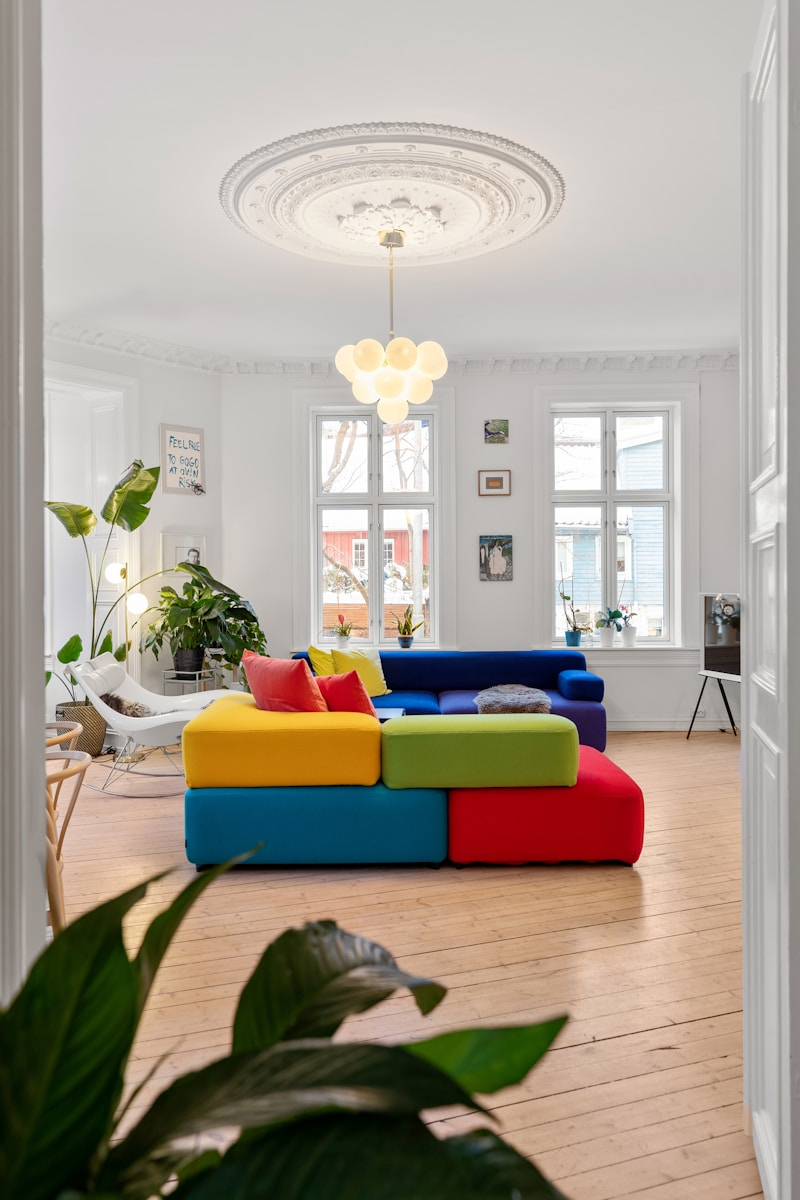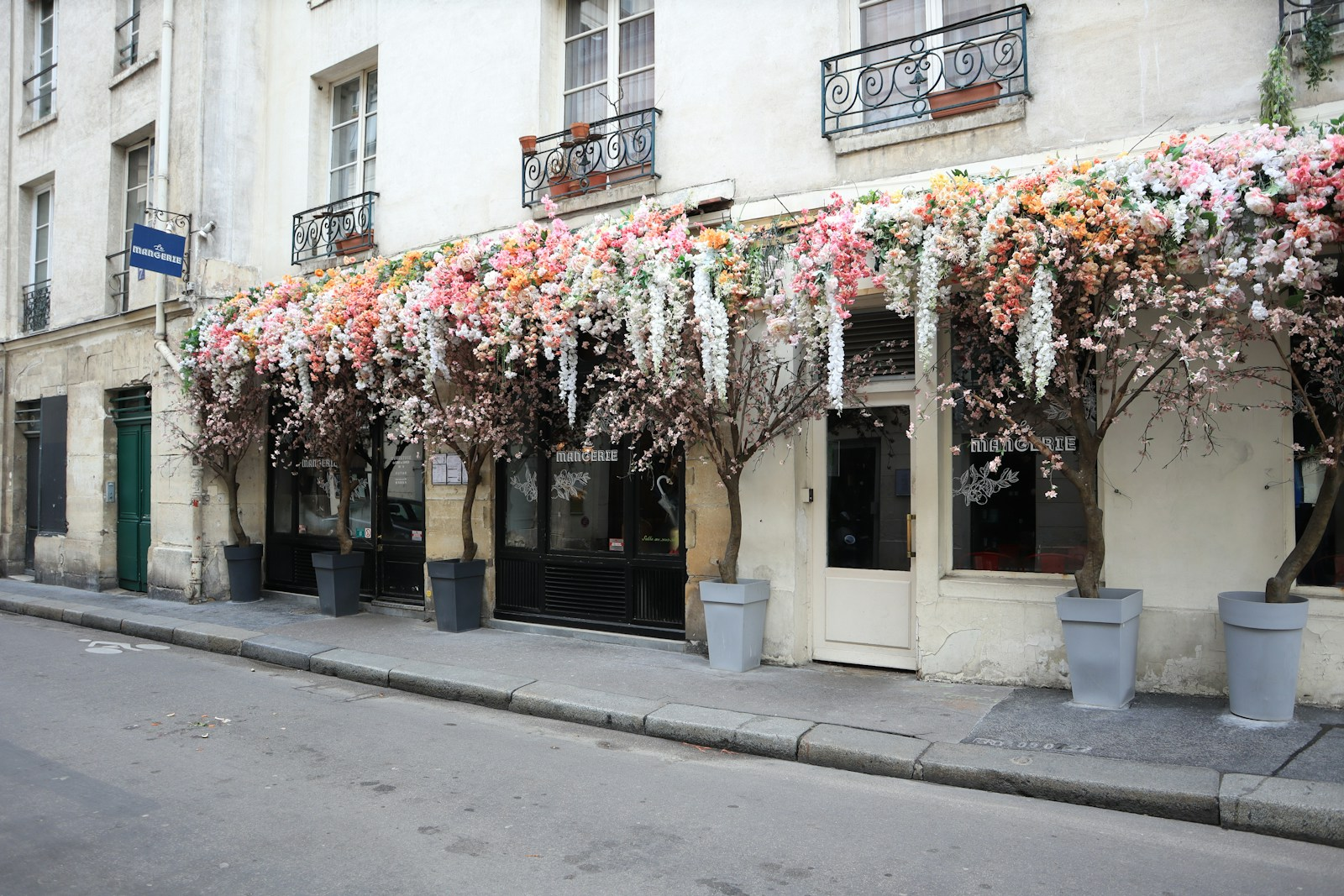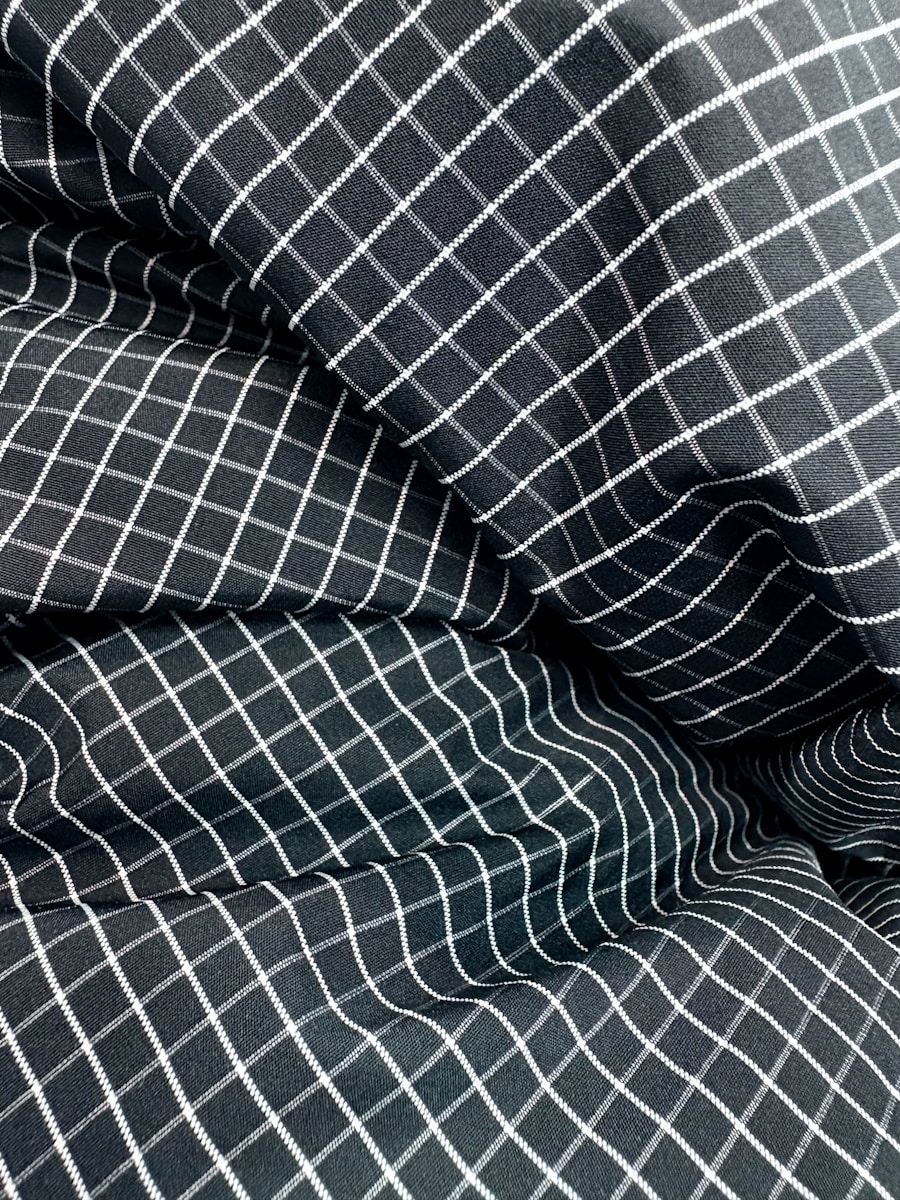Scandinavian design has transcended geographical boundaries to become one of the most influential and enduring aesthetic movements in modern interior design. From Copenhagen apartments to New York lofts, the Nordic approach to living spaces continues to captivate homeowners and designers worldwide, decades after its initial emergence.
The Philosophy Behind Scandinavian Design
Functional Beauty

At its core, Scandinavian design is built on the principle that beautiful objects should also be functional. This philosophy emerged from the practical needs of Nordic societies, where long winters and limited daylight demanded efficiency and comfort in equal measure. Every piece serves a purpose while contributing to the overall aesthetic harmony of the space.
Democratic Design

Scandinavian design champions the idea that good design should be accessible to everyone, not just the wealthy elite. This democratic approach prioritizes affordability and mass production without compromising on quality or aesthetics. The movement proved that exceptional design could be both beautiful and attainable.
Connection to Nature
The harsh Nordic climate fostered a deep appreciation for nature, which became fundamental to Scandinavian design philosophy. Natural materials, organic forms, and earth-inspired color palettes create interiors that feel connected to the natural world, even in urban environments.
Key Elements That Define Scandinavian Interiors
Light and Bright Color Palettes

Scandinavian interiors are renowned for their light, airy color schemes dominated by whites, creams, and soft grays. This palette isn’t merely aesthetic—it’s a practical response to the limited daylight of Nordic winters. Light colors maximize the reflection of available natural light, creating spaces that feel larger and more welcoming.
Natural Materials and Textures
Wood is the cornerstone of Scandinavian design, typically featuring light woods like birch, pine, and ash. These materials are often left in their natural state or treated with minimal finishes that celebrate the wood’s inherent beauty. Stone, wool, and linen add textural depth while maintaining the organic aesthetic.
Clean Lines and Minimal Ornamentation
Scandinavian furniture is characterized by clean, simple lines that emphasize function over decoration. This minimalist approach creates timeless pieces that won’t become dated as trends change. The focus remains on proportion, craftsmanship, and the quality of materials rather than ornate details.

The Cultural Concepts That Shape the Aesthetic
Hygge: The Art of Cozy Living
The Danish concept of hygge has become internationally recognized as a lifestyle philosophy centered on comfort, contentment, and well-being. In interior design terms, hygge manifests through soft textiles, warm lighting, and spaces that encourage relaxation and connection with others.

Lagom: The Swedish Balance
Lagom represents the Swedish ideal of balance—not too much, not too little, but just right. This philosophy translates into interiors that feel neither sparse nor cluttered, achieving perfect equilibrium between minimalism and comfort.
Janteloven: Collective Values
The Scandinavian principle of janteloven emphasizes collective well-being over individual showiness. In design terms, this means creating spaces that are beautiful without being ostentatious, comfortable without being excessive.
Iconic Scandinavian Design Elements
Multi-Functional Furniture
Scandinavian designers excel at creating furniture that serves multiple purposes. Storage ottomans, expandable dining tables, and modular seating systems maximize functionality in smaller living spaces while maintaining aesthetic appeal.
Strategic Lighting
Given the importance of light in Nordic countries, Scandinavian interiors feature carefully planned lighting schemes. Pendant lights, table lamps, and candles create warm, layered illumination that compensates for limited natural light during winter months.

Textile Layering
Soft furnishings play a crucial role in Scandinavian interiors, adding warmth and texture to otherwise minimal spaces. Wool throws, sheepskin rugs, and linen cushions create inviting environments that balance the clean lines of Nordic furniture.
Modern Adaptations of Scandinavian Principles
Urban Applications
Contemporary designers have successfully adapted Scandinavian principles for urban living, where space is often limited. The emphasis on functionality and light colors makes small apartments feel more spacious and livable.

Sustainable Design Integration
Modern Scandinavian design increasingly emphasizes sustainability, building on the movement’s traditional respect for natural materials and craftsmanship. Contemporary Nordic brands prioritize eco-friendly production methods and materials that age gracefully.
Technology Integration
Today’s Scandinavian interiors seamlessly incorporate modern technology while maintaining their minimalist aesthetic. Smart home systems and modern appliances are integrated discretely, preserving the clean, uncluttered appearance.
The Psychology of Scandinavian Interiors
Stress Reduction Through Simplicity
The minimalist nature of Scandinavian design has been shown to reduce stress and promote mental well-being. Clutter-free environments with clean lines create a sense of calm and order that supports relaxation and focus.
Connection to Well-being
Scandinavian design’s emphasis on natural light, organic materials, and comfortable furnishings aligns with research on environmental psychology. These elements contribute to better sleep, improved mood, and overall wellness.
Global Influence and Adaptation
International Retail Success

Scandinavian design principles have been democratized through international retailers like IKEA, Marimekko, and Artek, making the aesthetic accessible worldwide. This global reach has helped establish Nordic design as a universal language of modern living.
Cultural Adaptations
Different cultures have adapted Scandinavian design principles to their own contexts, creating hybrid styles that maintain the core philosophy while incorporating local preferences and materials.
Why Scandinavian Design Endures
Timeless Functionality

The focus on function over fashion ensures that Scandinavian design pieces remain relevant as lifestyles evolve. Well-designed furniture serves its purpose regardless of changing trends.
Quality Construction
The emphasis on craftsmanship and quality materials means that Scandinavian design pieces are built to last. This longevity contributes to both sustainability and cost-effectiveness.
Adaptability
Scandinavian design’s neutral palette and clean lines provide an excellent foundation for personal expression. Homeowners can easily update their spaces with accessories and textiles while maintaining the underlying aesthetic.

Future of Scandinavian Design
Evolving Sustainability
As environmental consciousness grows, Scandinavian design continues to lead in sustainable practices. Future developments will likely emphasize circular design principles and renewable materials.

Technology Integration
The challenge for contemporary Scandinavian design lies in maintaining its essential simplicity while incorporating increasingly complex technology. Future solutions will need to preserve the aesthetic’s core values while meeting modern needs.
Scandinavian design’s enduring appeal lies in its fundamental understanding of human needs: the desire for beauty, functionality, and connection to nature. Its principles create interiors that not only look timeless but also support well-being and sustainable living. In a world of constant change, the Nordic approach offers stability through simplicity, proving that the best design solutions are often the most enduring ones.




